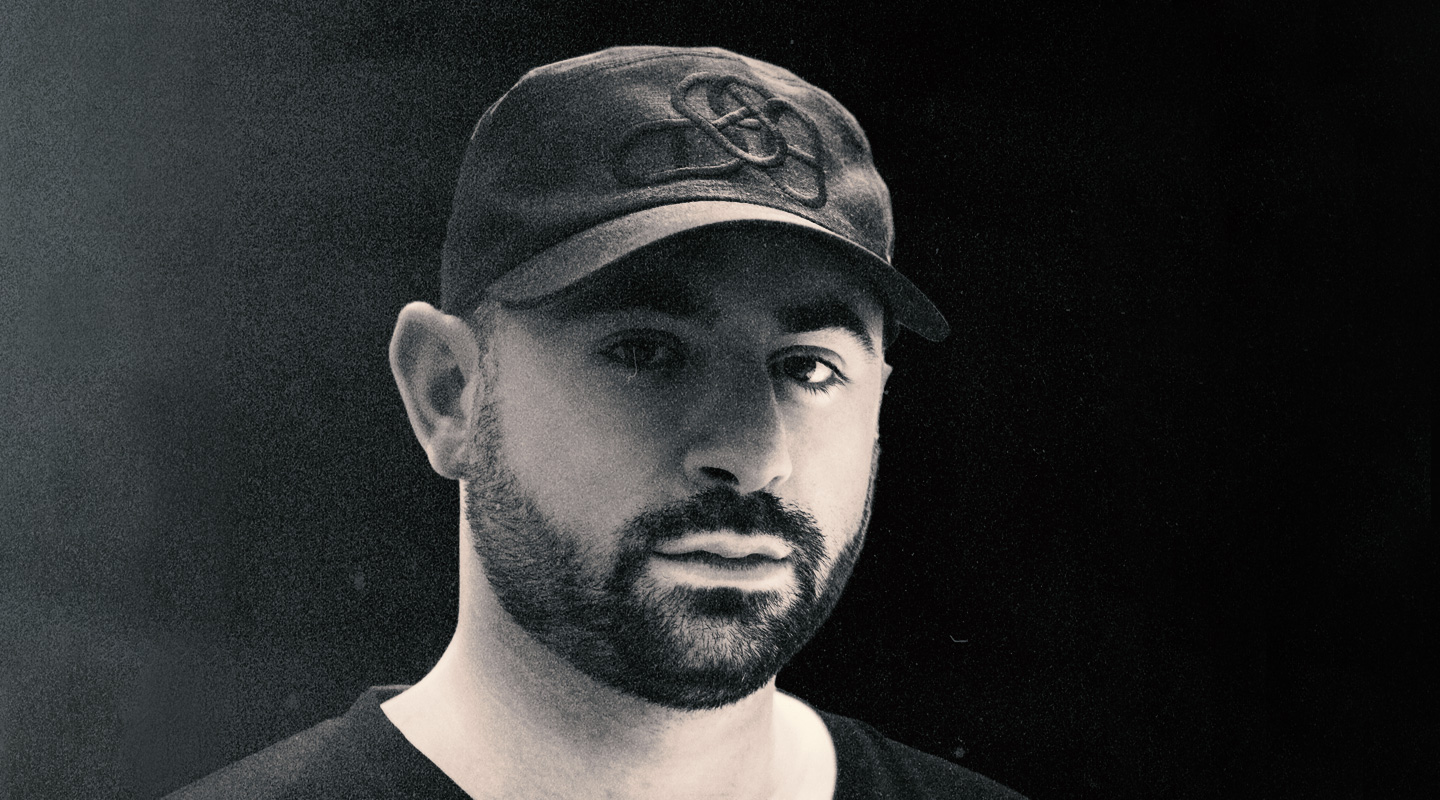
Hit Man
From Fruity Loops to super hits. How Louis Bell went from nobody to writing and producing No. 1s for Post Malone, Beiber, Lorde and Cardi B in only three years.
“Songs are like tornadoes,” mused Louis Bell. “They come out of nowhere and can cause some damage, but you don’t really know when they’re coming. Songs take everything around them, spin it together and turn that into a storm. It affects people, but when you’re in the eye of the storm — just creating — you don’t notice. Then after the dust settles you look at what you’ve created and go: ‘What did I just do? Was it something special, or was I just destroying stuff?’”
In the last three years, songwriter and producer Bell, has been wreaking his own havoc. The ‘damage’ done includes eight tracks on Post Malone’s debut album Stoney — including the massive hit Congratulations — and all tracks on Malone’s mega-selling Beerbongs & Bentleys, which harboured super hits Rockstar, Psycho and Better Now. Add to this Bell’s involvement in big hits by Camile Cabello, Selena Gomez, Lorde, Halsey, Cardi B, 5 Seconds of Summer, Khalid, Jess Glynne, Rita Ora, and there hasn’t been a Top 10 forecast without his name attached.
Despite having been in the business for two decades, Bell was a virtual unknown until 2016. By the time major success arrived, he was 34 and “over-qualified,” reckoned Bell. “I had built up my skillset for more than 10 years, by which stage I was very prepared and ready to wear a bunch of hats. It just takes one song to put your head above water. While it’s underwater, nobody knows you exist. Once it’s above water, everybody will see you bob up and go: ‘Hey, who is this guy? Let’s get him on board!’”
HEADS UP
The song that pulled Bell above the waterline was DJ Snake’s Let Me Love You, which features vocals by Justin Bieber and was a worldwide hit in late 2016. We caught up with him in the studio where he mostly works, Electric Feel in Los Angeles, to find out about the exact skills that allow him to whip up multiple storms in short order.
Bell, a Boston native, started piano lessons when he was 13. His mother drew, played guitar, and was a computer teacher who filled the house with PCs. With those influences, it wasn’t long before her teenage son started making music in Fruity Loops. Bell’s adeptness for beat-making soon blossomed into his own studio in Boston where he worked with local artists, often in the hip-hop genre. “I grew up liking hip-hop, because it was status-quo-challenging music,” recalled Bell. “They weren’t afraid of what anybody thought and I love that.”
In 2013, an invitation from rapper Mike Stud to relocate to Los Angeles changed Bell’s trajectory. They made two albums together and Bell met a musician and producer called Andrew Wyatt. Wyatt, who became a friend, knew Bieber. Another LA friend knew DJ Snake, and both connections led to Bell co-writing Let Me Love You.
“Learning to play piano was massively important,” commented Bell. “It gave me the muscle memory to understand chords and scales intuitively. When I hear something in my head, I can just sit down and play it and know all the possible chord progressions. After playing piano for six or seven years I got my first keyboard, a Roland Fantom-X6, which meant I could play the ideas in my head with different sounds. I then started creating beats in Fruity Loops, which I still use today because it’s very fluid when switching sounds and doesn’t take up too much CPU power, even with tons of plug-ins loaded. It allows me to have lots of options already dialled in, so I can just start and be super-creative.
“Everything is ready to go, it’s like plug ’n’ play. Everything blends well and sounds great, so I don’t have to keep going in to EQ things. It gives me the freedom to think about the melody, chords and the song, rather than whether the bass is clashing. I do all that later in Pro Tools. Creating is like wet cement; you have to keep it moving. If you wait too long, the cement starts to dry and the next thing you know you’ve hit a block that’s not shaped the way you want it.”
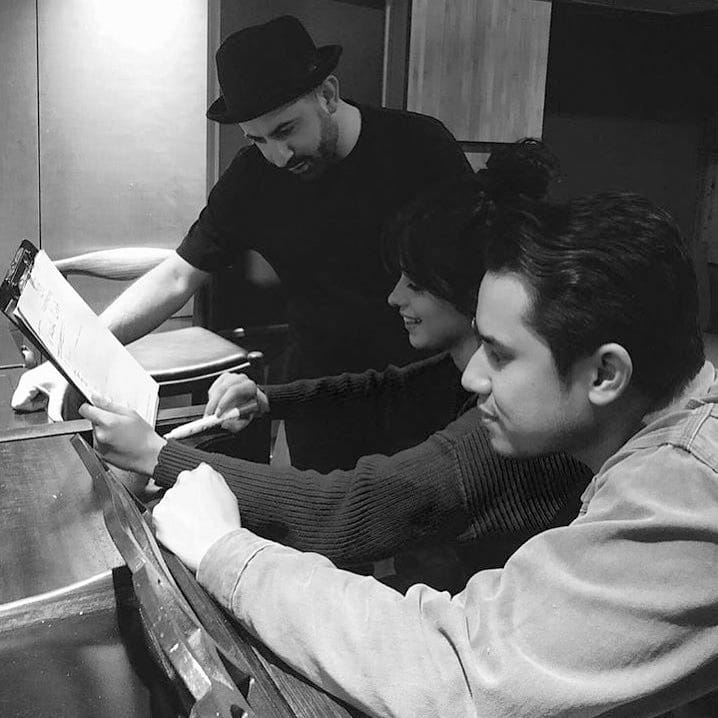

JUST A PC & ONE $10,000 MIC
Not straying from his PC roots, Bell’s computer is an “ASUS PC, running Fruity Loops and Pro Tools, with a UAD Apollo Twin and Quad Core expander. That’s it. There’s an API board in the room with Apogee conversion and so on. Those pieces of gear are occasionally used by others, but I don’t really use any of that stuff. It’s pretty much me, my laptop, and a Native Instruments S61 Komplete Kontrol keyboard. I’ve always used minimal equipment and have had the Apollo Twin since 2014. Before that I had the MBox 3, the MBox, and as far back as 2003-06, a Pro Tools 002 rack.
“My vocal mic is a Sony C800, which I love. It has a lot of high end, but I can EQ that out if I need to. I have homed in on certain frequencies that can be troublesome at times, so I’m able to get the right sound and dynamics with every artist that uses the microphone. Post Malone and Swae Lee used that mic for Sunflower, Camile Cabello sang Havana on it. Every artist has their favourite mic, often for good reason, but if I can’t get the right sound from the Neumann or specific mic they want to use, I’ll ask them to at least try the Sony. I use the in-wall Genelec monitors in this studio, they’re my preferred monitors but are no longer made. I’m looking for some smaller monitors for the home setup which I am building at the moment. I want to have more advanced creativity going on at home. It’ll be a more relaxed setting than here in the studio where there’s always this urgency and worry about time and efficiency.”
PREDICTABLE INNOVATION
According to Bell, he’s worked on probably 95% of those hit songs at the room at Electric Feel. “Many of my ideas start a cappella in my living room or bathroom or wherever,” he explains. “I’ll record a voice memo into my phone and email it to myself. When I get to the studio I’ll go through anything I remember being good and put chords to those melodies. If it’s magical, I’ll continue. Otherwise I move on the next idea. When I add chords, I like things to be subtly musical. I don’t want to shove it down people’s throat. The fact is, you can get away with just four chords in a song, sometimes two. Drake’s God’s Plan is just two chords with some extra notes in them, like ninths, that give your ear something to play with. Michael Jackson’s Remember The Time also has just two chords, but they’re very complicated and inspire an interesting melody structure. If you’re using the same four chords over and over again, you may not be very inspired.
“The initial melody and initial lyric are the most important. You can then make things more complicated, with passing chords and an interesting bass line. Sometimes you inject something different in the pre-chorus, so the hook will sound new again. Those things help you create something fresh. It’s rarer with rap music, because rappers are singing so much now. They rap in the verses and sing in the hooks, so you don’t need to differentiate between the sections as much with chord changes.
“I go for what I call ‘predictable innovation’. There are percentages related to how often people expect a certain chord change to come next. Where the harmonies are, the overtones and so on, are all factored into where the brain takes us next. At the same time, within a new digital landscape, where anyone is able to make music and it’s become way more disposable, there’s some responsibility to inject something better. You need to challenge yourself, even if it is inspired by this or that artist. Find ways of taking the souls of your favourite songs and reincarnating them in new bodies.”
FRUITY LOOPS, OR JUST OCD?
Bell labels himself as “super OCD when it comes to organising myself in Fruity Loops. I organise my sounds according to what song they remind me of, or according to year. I have drums sounds in folders from 2017, 2018, and so on, I put all my 808 sounds together in one folder, and I’ll have folders with thousands of wav files organised by piano, strings, harpsichord, brass, choir —you name it — with subfolders inside. I title and classify them in such a way that I can find them immediately.
With his sounds organised, Bell starts working up short musical fragments into loops. “I’ll work on probably 20 loops a day, and the next day I’ll do another 20. Then a few days later I go back and listen to all of them with a fresh perspective. Right away, I know the ones I like and the ones that need more work. If I’m not immediately hearing where a loop wants to go, I quickly move onto the next loop. If you work on an uninspiring song for too long, you’re doing more harm than good. It can hurt your ego as a creator.
“I don’t like using loops from sample packs, because I don’t know how many people are going to grab the same loop. Whatever I am creating, I want to feel like I’m the only one creating it. I like to create the most complicated loop possible in Fruity Loops. Once I know all the sounds work together, I can pull sounds out again afterwards.
“I’ll always export to Pro Tools right after I’ve made the beat. I don’t take them any further in Fruity Loops. I also don’t use the Fruity Loops sequencer; everything is played or programmed by me in four or eight bar loops. The song lives in Pro Tools for the longest period of the process, it’s where I start dialling in EQs, sequence things and create the song structure.”
Unfortunately, you can’t hire people to have your taste, so I have to do it all myself

DON’T JUST GIVE IT AWAY
While Bell whips these musical ideas into shape at great speed, he’s not hasty about releasing the gems. “If I don’t find the right song or artist for a special idea, I just let it sit there,” said Bell. “I’ve had ideas that sat around for three years before they were turned into a hit song. I don’t want to give my idea away to the wrong artist. I’m not about making songs, I’m about making the right songs. I want to make sure that everything I put my energy into and my name on is something I love in that moment.
“With every song I have ever made, I can remember exactly where I was, what I felt and who I was with. The song becomes a wormhole in time that allows you to go back to that moment at anytime. If you do it right, you have created a personal little synapse network for yourself which allows you to revisit things, get nostalgic and tap into a certain emotion. It makes you a more formidable creator, and helps get an artist excited. They may come in a little indecisive or not feeling up to very much, but if you can play them songs or tell them something that triggers an emotion, all of a sudden they start playing or singing. Many artists are empaths. They can sense energy. If you have beats and emotions to tap into, you can jumpstart the artist. It’s not a matter of me telling them what to do.”
Sometimes Bell doesn’t start from his pre-made song ideas, preferring to create a beat from scratch with the artist in the room. “I used to send my stuff to people, but now I see building songs like building a house. You have to find someone who wants to live in that house. I like to have all the different materials lying around and ready to go — bricks, wood, straw, furniture, marble, whatever it may be — and when an artist comes in, I ask them, ‘What would you like your house to be?’ When I build houses with no one around, I spend a lot of time making things that may not be useful at all. Sometimes an artist knows right away that they don’t like the song’s chords. At that moment all the drums I’d put underneath mean nothing.
“I now prefer to work with artists in the room. I start by playing them loops and look at their body language. I want to see whether they’re excited or not. I’m waiting for a face that says, ‘oh-my-God-I’m-really-connecting-with-this!’ I can tell if an artist is just trying to please me, or whether they really believe in what we’re doing. Some artists may feel pressure to love my ideas, but I don’t want to push an artist into doing anything. If they’re really present, their energy is imprinted on what you do and they’ll feel like it’s their beat as well.
“When I have them in the room with me I have a far better understanding of what the person really does and doesn’t like. I can change or add things in real time based on their reactions. It’s like I’m having to read someone at a poker table. To find out what hand they have, I need to see their body language, hear the tone of their voice, and how they express themselves.
“Creating beats with the artist in the room can happen in different ways. Usually I’ll put together a sound template in Fruity Loops, specific to an artist or song idea. It means I have a collection of sounds that I know fit together. I may have nine snares and ten claps that I can quickly cycle through, and one of them is usually right.”
POST MALONE-WORK
Once the song is ready, Bell records the vocalist, then he’s back working on his own again. “I spend a lot of time listening to every single vocal take, comping, editing and tuning the vocals. I don’t know whether it’s my OCD side, but I feel that if I don’t listen to everything I’m going to miss something. Unfortunately, you can’t hire people to have your taste, so I have to do it all myself. I’ll send what I have done to the artist for approval, and most of the time the artist is pretty happy.
“My go-to plug-ins for vocals are the UAD 1176, which really warms things up and makes them nice and loud, and the Waves CLA Vocals, for EQ. It’s a kind of one-stop shop that allows you to do many things easily. If you want more ‘bite’, it instantly allows you to manipulate the vocal in that way without really needing to know much. My favourite reverb is Waves’ RVerb, which gives you a classic sound. I do vocal tuning in Melodyne. After that I have Antares AutoTune on, very lightly, just to make sure everything is locked in and tight. Even after applying Melodyne there may be a note that strays a little. I know that many people think Post Malone’s vocals have a lot of AutoTune, but it’s Melodyne. I throw AutoTune on specific lines as an effect, like a flanger or slap delay. It’s not because he can’t sing the part in tune, it’s because it sounds cool. People also think that the shaking in his voice, like in Rockstar, is AutoTune, but it’s how he sings.
“Post doesn’t need AutoTune. I want his voice to sound tight and futuristic and still have his wideness. Most of all, I want his soul to shine through. I want the honesty and depth of his unique tone. His voice is so unique, you don’t want to dress that up too much. All I do is add the right reverb, because he likes a lot of reverb. He likes that wetness, because it makes his vocals feel anthemic and arena-esque. He loves ideas more when his vocals are wet, but sometimes I’ll dry them up a little before sending them to Manny [Marroquin] for the final mix, depending on what’s going on musically.”
As Bell works on the borderline between pop and urban, bass is of supreme importance, and urban’s low end is dominated by 808 and kicks, often without any bass at all. “I like to use the UAD Brainworx bx_subharmonics on the bass, particularly 808s, and on kicks as well. It makes kicks sound as if they have a bass underneath them. The Waves LoAir plug-in does the same thing. I also like to use UAD’s Raw for adding distortion, and then cut off some high end if it gets too noisy. Not having a bass can mean that you’re lacking frequencies around 100Hz and the Waves RBass is really good for that. It allows you to saturate a certain frequency. You can literally dial in a frequency above the sub bass and bring that out.
“Post and Swae’s track Sunflower starts with an actual bass, which is an ’80s synth sound that I ran through a bunch of stuff to give it a warbly, detuned vibe. It then has an 808 underneath to have that balance and give it a hip-hop vibe. I didn’t want the track to be a throwback to the ’80s, I wanted it to be modern.
“I try not to think too much about what tracks remind me of because I fear it might take me out of the zone. Music is like a recurring dream sometimes. There are sounds that make you feel a certain way, and maybe you just keep playing it, or maybe you want to try to find a way of doing something new this time. Do you intentionally try to repeat the recurring dream, and keep gravitating towards the same sounds you had success with because they make you feel something, or do you try to move to the next thing?”


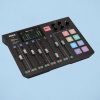

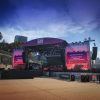








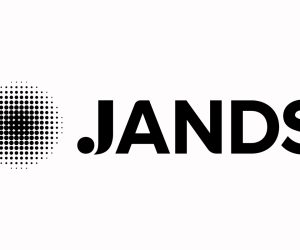


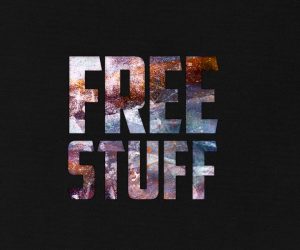


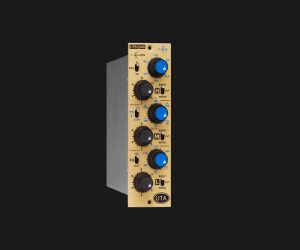




RESPONSES